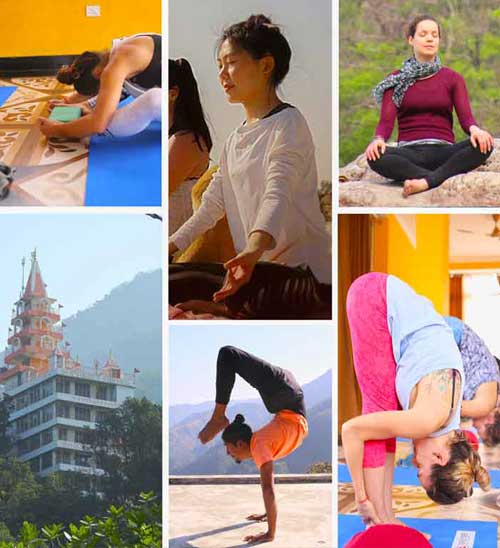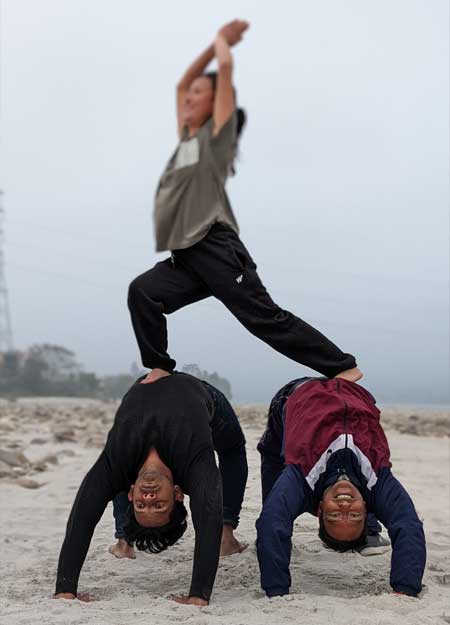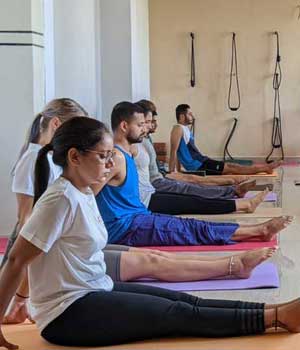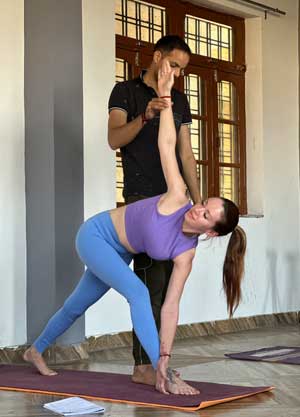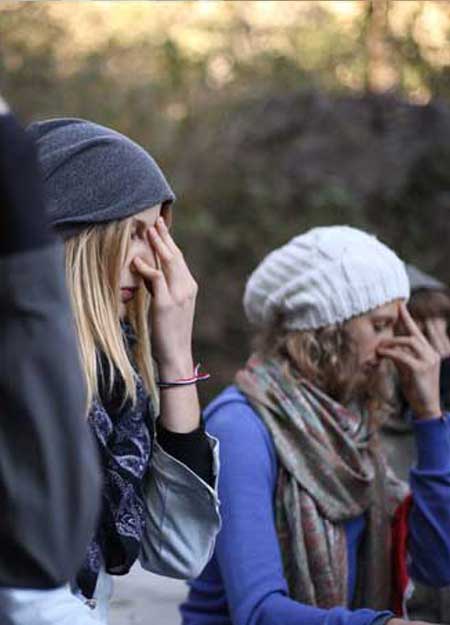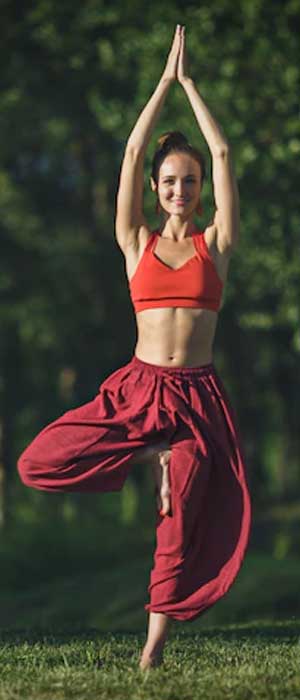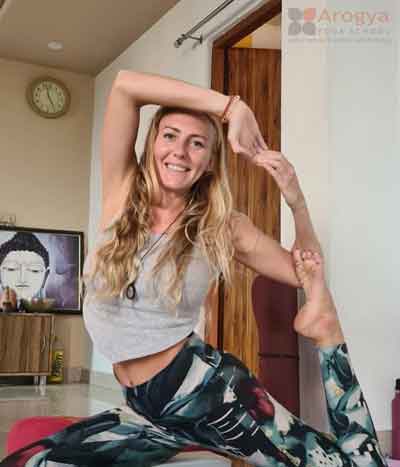500 Hour Yoga Teacher Training in Rishikesh India
500 Hour Yoga Teacher Training in Rishikesh, India Certified by Yoga Alliance USA. Hatha, Ashtanga Yoga Teacher Training Course in Rishikesh offered by Arogya Yoga School. 500 Hour Yoga Training is a combination of 200 Hour Yoga TTC and 300 Hour Yoga TTC.
What is 500 hour yoga teacher training
500 Hour Yoga TTC is 2 Months Course. The 500-Hour Yoga Teacher Training Course is ideal for anyone seeking a yoga program, from beginners to advanced practitioners. The first month of the 500-hour yoga teacher training program, students will take a 200-hour foundational course. This part focuses on key yoga principles, helping students build a strong base for their yoga education.
During the second month, learners will progress to the advanced 300-hour program. This course covers more complex yoga topics, preparing them to become skilled teachers. The 500-hour training is open to everyone and offers a unique chance for personal growth. Dedicate two months to learn how you can make a positive impact on many lives through yoga.
2798
Happy Students
820
500 Hrs Course Completed
